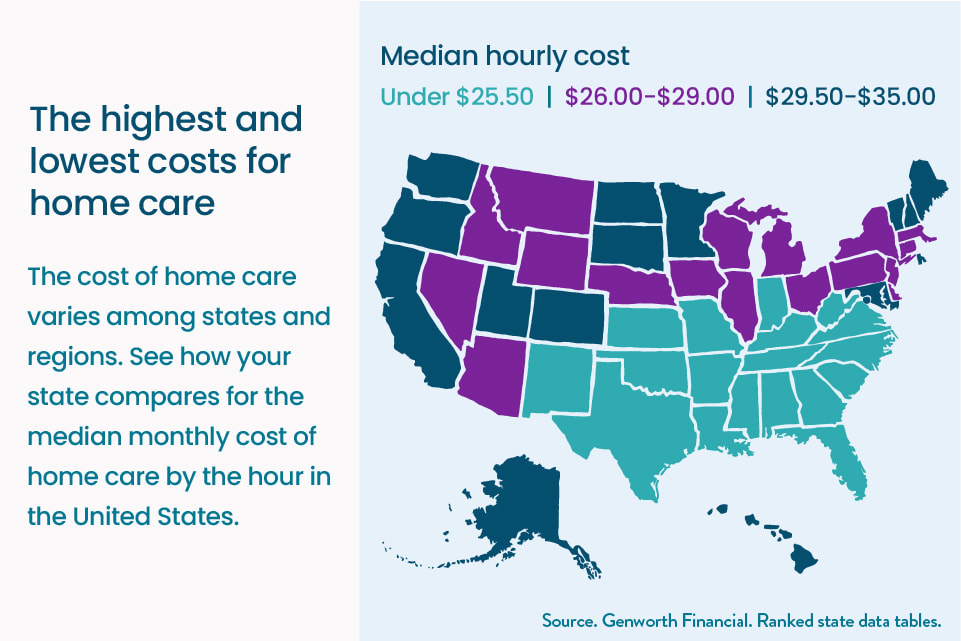
Children's Hospital Los Angeles's children's laboratory is known for its extensive pediatric pathology program. It can evaluate a wide range of patient specimens thanks to its highly developed methods, including biopsies as well as tissue samples from surgical procedures. Three fellowship programs are offered by the department as educational resources. Here, medical students will learn about the field of pediatric pathology. Are you interested in a career within pediatric pathology? This prestigious institution is worth your consideration.
Filkins' history as a director at a children's hospital's lab
Filkins, who was just a teenager, wanted to be lab director. Today, Filkins directs the microbiology lab at Children's Health System of Texas Dallas. He also works as an assistant professor of physiology at the University of Texas Southwestern Medical Center. He fondly recalls his experiences in different labs at ARUP. This provided a supportive atmosphere for bench technicians. Filkins remembered frequenting the Infectious Diseases and Bacteriology labs.
Vicky Harris earned her BS in medical technology at Marquette University and her MBA at National Louis University. Before becoming the lab director at Arkansas Children's Hospital, Vicky served as the administrative director of the laboratory department for nine years at Ann & Robert H. Lurie Children's Hospital in Chicago. There she was responsible to oversee specialty labs, histology and revenue cycles, and also managed compliance-related activities. Prior to that, she spent 13 years as a lab director at Shriners Hospitals for Children in Chicago. Her pediatric background makes her an excellent choice for the position.

Diagnostic and screening tests
The latest screening and diagnostic tests are available in children's hospitals. The Pathology Professional Advisory Council, which includes medical pathologists and doctoral laboratory scientists, provides support and education for hospital staff. On July 1, 1998, the Council was established. Questions regarding laboratory diagnostic testing can be directed to the Pathologists. Questions about specific patients are welcome by the staff at the laboratory. They are happy and available to discuss all aspects of laboratory screening and diagnostic testing.
Multicenter laboratory testing in children’s hospitals revealed that the testing frequency in different hospitals varied greatly. However, it didn't affect the outcomes of patients. These findings indicate that there are ways to reduce laboratory overuse. Disclosure: The authors have not disclosed any conflicts of interests. To determine the role and responsibilities of pediatric laboratory staff, further research is required. They will also discuss how to improve patient care in hospitals that order high frequency tests and which ones should be reduced.
Medical directors
In a microbiology department at a children's facility, there are board-certified pathologists. Pathologists use microbiology labs to test for bacteria, viruses, etc. in order find out the causes of diseases. The labs are home to over 100 scientists, technicians, and phlebotomists who provide fast service to the care team. Listed below are some of the medical directors of children's hospital laboratories.
Dr. Sarnecki has a Bachelor's degree in biology from Mount Saint Mary's College, and a Master's degree in healthcare information technology at Johns Hopkins Carey Business School. He has worked as a physician in the pediatrics department at Children's of Alabama and served as its divisional director and department head for three years. He took over the responsibility of specialty care services in February 2019. He is a member of the American Academy of Pediatrics.

Phlebotomy certification
As a phlebotomy technician, your job description may include the care of children in a hospital's lab. Your skills will include good communication skills and knowledge of medical terminology. The hospital's freestanding, 100-bed behavioral and trauma centers will have you. Continue reading to find out more information about this job opportunity. For children's hospital laboratory jobs, phlebotomy certification
The phlebotomist I collects blood samples and processes them for analysis. This person can also use computer systems to give information about patients and the testing laboratory. Phlebotomy training includes all aspects, including classroom lectures and student labs. Visit the American Society of Phlebotomy's website for more information.
FAQ
What are the services of health care?
Patients must know that they can obtain quality healthcare at any hour. Whether you need an urgent appointment or a routine check-up, we're here to help.
We offer many types of appointments including walk-in clinics and same-day surgery. We offer home care visits to those who live far from our clinic. If you do not feel at ease in our office, you can be referred to your nearest hospital.
Our team includes nurses, doctors, pharmacists, dentists, and other professionals dedicated to providing excellent patient service. We aim to ensure that each visit is as convenient and painless as possible.
What is the role of private sector?
In delivering healthcare, the private sector is vital. For example, it provides some of the equipment used in hospitals.
It also pays for some of the staff who work in hospitals. So it makes sense for them to take part in running the system.
But there are limits to what they can offer.
Private providers are not always able to compete with the free services offered by governments.
They shouldn't attempt to manage the entire system. This could lead to a system that doesn't provide good value for money.
What should I know regarding immunizations
Immunization refers the process of activating an immune response in response to a vaccine. The body creates antibodies (immunoglobulins), in response to the vaccine. These antibodies protect against infection.
How can I be a creative healthcare professional?
There are many pathways to becoming a creative health professional. Some people start their careers as students while others work in engineering or business.
Some opt to study a course that focuses on a specific topic, such management, leadership or health policy. Some people choose to take electives that cover different views on health and healthcare.
No matter what your path, you will learn about health and care topics through lectures, readings and group discussions. Assignments and projects are also available. Workshops, conferences, seminars, and other events are also possible.
After completing the program, you will have the knowledge to help clients, colleagues, patients, and other members of the health care system.
A doctorate could be your next step.
What are my options for vaccines?
Vaccines can be very effective and safe ways to stay healthy. They work by giving you immunity against certain diseases. Vaccinations can be given at specific times throughout your childhood, adolescence, or adulthood. Your doctor will discuss when it is best to get vaccinated.
What is an infectious disease?
An infectious disease is caused either by bacteria, viruses, parasites or both. Infectious diseases are spread quickly by close contact. You can get measles or mumps, rubella (German whooping cough), pertussis/whooping chives, rubella ("German measles"), measles), pertussis ("whooping cough"), rubella ("German measles"), chickenpox), strep thyme), hepatitis A/B, HIV/AIDS), herpes simplex viruses, syphilis, gonorrhea and chlamydia
What does "public", in the context of public health, mean?
Public Health is about protecting and improving the health in the community. It includes preventing disease, injury and disability, encouraging good health practices, providing adequate nutrition, and controlling communicable diseases and environmental hazards.
Statistics
- Over the first twenty-five years of this transformation, government contributions to healthcare expenditures have dropped from 36% to 15%, with the burden of managing this decrease falling largely on patients. (en.wikipedia.org)
- Price Increases, Aging Push Sector To 20 Percent Of Economy". (en.wikipedia.org)
- Healthcare Occupations PRINTER-FRIENDLY Employment in healthcare occupations is projected to grow 16 percent from 2020 to 2030, much faster than the average for all occupations, adding about 2.6 million new jobs. (bls.gov)
- Foreign investment in hospitals—up to 70% ownership- has been encouraged as an incentive for privatization. (en.wikipedia.org)
- The health share of the Gross domestic product (GDP) is expected to continue its upward trend, reaching 19.9 percent of GDP by 2025. (en.wikipedia.org)
External Links
How To
What are the key segments of the healthcare industry?
The major segments of the healthcare sector include diagnostics, pharmaceuticals, diagnostics and biotechnology, as well as therapeutics, health IT, medical equipment and medical devices.
Defibrillators, blood pressure monitors (defibrillators), stethoscopes, and ultrasound machines are some examples of medical devices. These products are typically used to diagnose, prevent, and treat diseases.
Pharmaceuticals are medications that are used to treat or alleviate symptoms. These include antibiotics.
Diagnostics are tests performed by laboratories to detect illness or injury. These include blood tests, urine samples and CT scans.
Biotechnology refers to using living organisms (such as bacteria) to produce useful substances that can be applied to human beings. You can find examples such as vaccines, insulin and enzymes.
Therapeutics are the treatment of diseases and symptoms that is administered to people to relieve them. They may include drugs, radiation therapy, or surgical interventions.
Software programs for managing patient records, including health information technology, are used by physicians and their staff. It helps doctors and their teams track which medications are being used, when they should have been taken, and if they work properly.
Medical equipment refers to any device used for diagnosing, treating, or monitoring illnesses. Dialysis machines, pacemakers and ventilators are just a few examples.